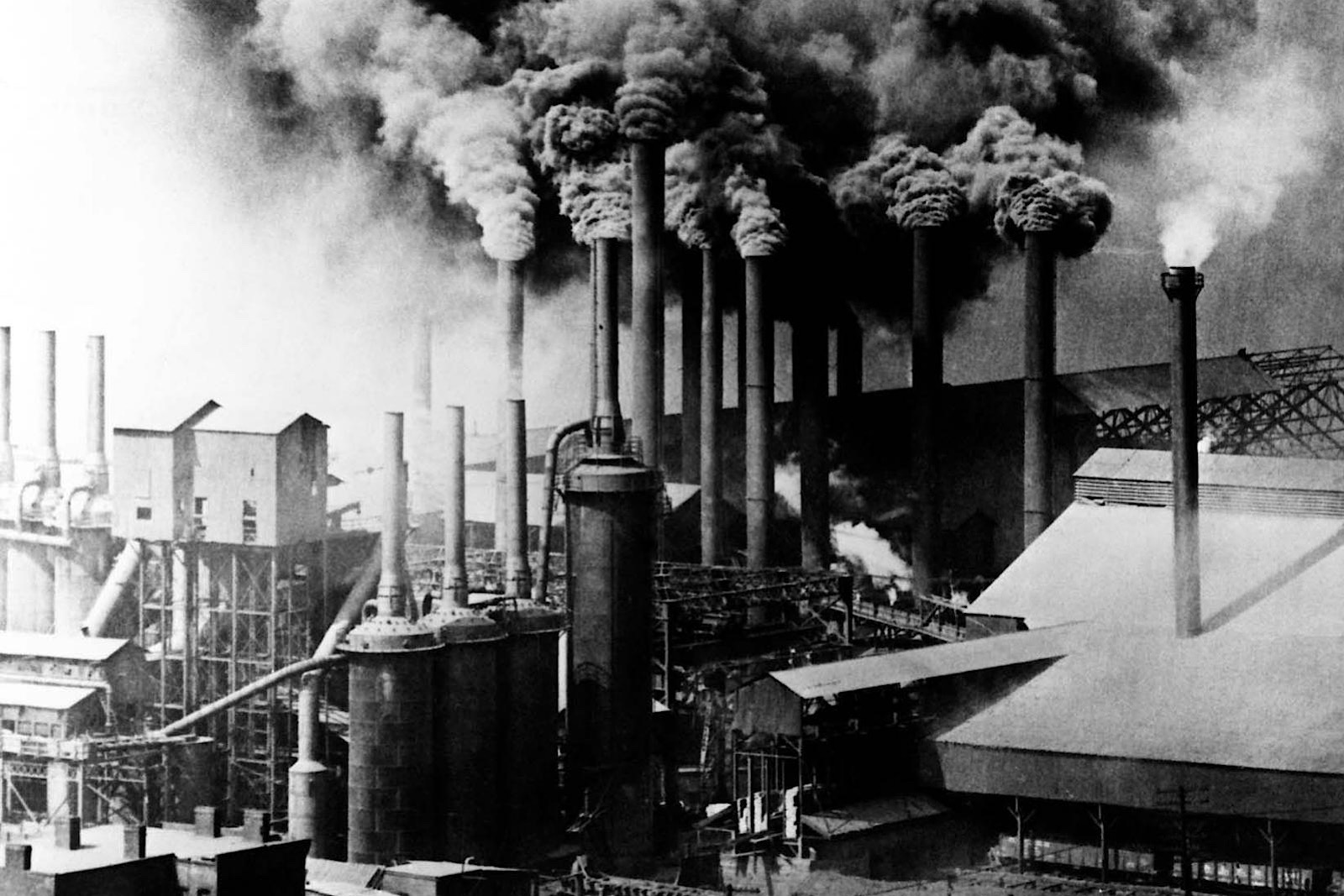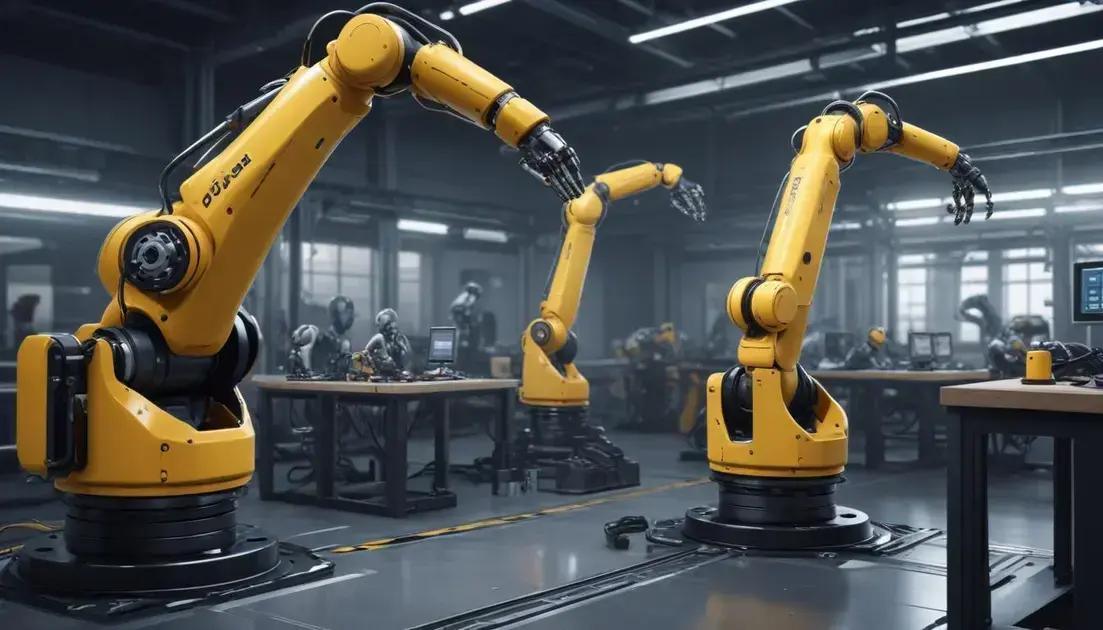
The Impact of the Industrial Revolution on the Global Economy
The Industrial Revolution, a period of unprecedented technological advancement and societal transformation spanning roughly from the late 18th to the mid-19th centuries, irrevocably altered the global economic landscape. This seismic shift from agrarian societies reliant on manual labor to industrialized economies driven by machine-based manufacturing had profound and lasting consequences, reshaping not only production methods but also social structures, political systems, and the very environment we inhabit. Understanding its impact is crucial to comprehending the complexities of the modern global economy.
I. Technological Innovation and the Rise of New Industries:
The Industrial Revolution was fundamentally driven by a wave of groundbreaking technological innovations. These weren’t isolated events but rather interconnected advancements that fueled a cycle of progress and expansion. The invention of the steam engine, most notably by James Watt, marked a pivotal moment. No longer solely reliant on water power or animal labor, factories could be located anywhere, leading to a dramatic increase in the scale and efficiency of production. The steam engine’s impact rippled across multiple sectors, powering factories, mills, and ultimately, the burgeoning railway system.
The development of the spinning jenny by James Hargreaves, and later the power loom, revolutionized textile production. These inventions dramatically increased the speed and efficiency of weaving and spinning, leading to a massive surge in textile output. This increased efficiency, coupled with the ability to transport goods more easily thanks to the steam engine and railways, fueled the growth of the textile industry into a global powerhouse, creating new markets and establishing trade routes across continents.
Beyond textiles, the Industrial Revolution witnessed advancements in iron production, leading to the development of stronger, more durable materials for construction and machinery. The Bessemer process, developed in the mid-19th century, allowed for the mass production of steel, a material even stronger and more versatile than iron. This fueled the construction of larger, more efficient factories, railways, bridges, and ships, further stimulating economic growth and international trade.
The development of new machinery wasn’t limited to manufacturing. Innovations in agriculture, such as the seed drill and the mechanical reaper, increased agricultural productivity significantly. This allowed fewer people to produce more food, freeing up a significant portion of the workforce to move to urban centers and contribute to the expanding industrial sector. This shift also impacted land ownership and agricultural practices, leading to significant social and economic changes in rural areas.
Mining also underwent a transformation, driven by the demand for coal to fuel the steam engines. Improved mining techniques and the development of more efficient pumps allowed for deeper and more extensive mining operations, providing a constant supply of fuel for the industrial engine. This increased coal production, however, came at a significant environmental cost, foreshadowing the environmental challenges that would accompany future industrialization.
The communication revolution played a crucial role as well. The development of the telegraph allowed for near-instantaneous communication across vast distances, significantly improving coordination within businesses, facilitating faster trade negotiations, and strengthening international connections. This faster communication spurred economic activity and reduced transaction costs, leading to more efficient markets and greater economic integration.
II. Urbanization and the Transformation of the Labor Market:
The technological advancements of the Industrial Revolution spurred massive urbanization. As factories sprang up in urban centers, offering employment opportunities previously unavailable in rural areas, a massive migration from countryside to cities commenced. This migration led to the rapid growth of urban populations, often exceeding the capacity of existing infrastructure to accommodate them.
This dramatic influx of workers into cities created new social challenges. Overcrowding, poor sanitation, and inadequate housing became widespread problems, leading to a deterioration of living conditions for many workers. The concentration of workers in factories also gave rise to new social structures and class dynamics. A working class emerged, largely dependent on wages for their livelihoods. These workers often faced long hours, dangerous working conditions, and low wages, sparking social unrest and the rise of labor movements.
The factory system itself fundamentally altered the nature of work. The shift from skilled artisans working independently or in small workshops to unskilled or semi-skilled laborers working in large factories under strict supervision resulted in a loss of autonomy and control for many workers. This led to a decline in the status of certain skilled crafts and the emergence of a new, hierarchical system within the workplace.
The labor market became increasingly competitive, with employers holding a significant power advantage over workers. This power imbalance led to widespread exploitation, forcing many workers to accept harsh conditions simply to secure employment. These conditions, in turn, fostered the growth of labor unions and social movements advocating for improved wages, working conditions, and workers’ rights. The fight for worker’s rights became a defining characteristic of the later stages of the Industrial Revolution, shaping the landscape of labor relations for centuries to come.
III. International Trade and Global Economic Growth:
The increased efficiency of production fueled by technological advancements had a dramatic impact on international trade. Countries with access to the new technologies were able to produce goods more cheaply and in greater quantities, leading to increased exports and expanding global markets. Britain, with its early adoption of industrial technologies, became a dominant economic power, exporting manufactured goods globally.
The expansion of the railway system facilitated the movement of goods over longer distances, making it easier and cheaper to transport products to markets both domestically and internationally. The construction of canals and improvements in shipbuilding further aided in this process, connecting different regions and countries more effectively than ever before. This facilitated the growth of international trade, with raw materials being shipped from colonies and developing nations to industrialized nations and manufactured goods being exported to consumers worldwide.
This increased trade led to a period of unprecedented global economic growth. Countries that successfully industrialized saw significant increases in their national income and living standards, though this prosperity was often unevenly distributed. The Industrial Revolution also led to the development of new financial instruments and institutions to support this growing global economy, shaping the modern financial system.
However, this economic expansion was not without its downsides. Industrialized nations often exploited less developed countries, extracting raw materials and resources at low costs while controlling markets for manufactured goods. This pattern of economic inequality and dependency continues to shape global economic relations today.
IV. The Environmental Impact:
The Industrial Revolution’s technological progress came at a considerable environmental cost. The widespread use of coal and other fossil fuels to power factories and transportation led to significant air and water pollution. Industrial waste was often dumped directly into rivers and waterways, causing widespread contamination and harming ecosystems. The deforestation associated with the increased demand for timber for construction and fuel further exacerbated environmental damage.
The negative impacts were far-reaching. Air pollution contributed to respiratory illnesses and other health problems in urban areas, while water pollution impacted water sources and led to the decline of aquatic life. The effects of industrialization on the environment went beyond immediate local impacts. The release of greenhouse gases contributed to the long-term effects of climate change, a global environmental challenge that continues to escalate today.
The growing awareness of these environmental problems in the latter stages of the Industrial Revolution led to the rise of environmental movements and the development of early environmental regulations. However, the damage already done was extensive, and many of the environmental challenges created during this era persist today.
V. Social and Political Transformations:
The Industrial Revolution profoundly reshaped social and political structures. The emergence of a large industrial working class created new social tensions and inequalities. The concentration of wealth in the hands of factory owners and industrialists created a stark contrast with the living conditions of the working class, leading to social unrest and calls for reform.
Political systems adapted to the changing economic landscape. Governments began to play a greater role in regulating the economy, addressing issues such as worker safety, pollution, and public health. The rise of democracy in some countries was also partly fueled by the changing social dynamics of the Industrial Revolution, as working-class people gained greater political voice.
The Industrial Revolution’s effects on political systems varied widely across different regions. In some areas, industrialization led to the strengthening of existing centralized governments, while in others, it fuelled social and political upheaval. The rise of nationalism and imperialism was also partly a consequence of the competition for resources and markets created by industrialization.
The social changes resulting from the Industrial Revolution were far-reaching and complex. The growth of cities led to new social interactions, the development of new cultural norms, and the emergence of new social classes. The rise of a middle class further diversified social structures and created new forms of social stratification. These social changes continue to influence our societies today.
VI. The Long-Term Legacy:
The Industrial Revolution’s impact reverberates across the modern global economy. The systems of mass production, global trade, and financial markets that evolved during this period continue to shape economic activity. The technological advancements made during this period set the stage for further technological progress, leading to the development of electricity, automobiles, and computers, all of which had profound economic impacts.
While the Industrial Revolution brought about immense economic growth and improved living standards for many, it also created significant inequalities and environmental challenges. The legacy of industrialization includes persistent issues of income inequality, environmental degradation, and the exploitation of workers and resources in less developed countries.
Understanding the long-term legacy of the Industrial Revolution requires acknowledging both its positive and negative consequences. The rapid economic growth it fueled has undoubtedly led to significant advancements in living standards, but the societal and environmental costs must also be addressed. The challenges presented by climate change, resource depletion, and income inequality highlight the need for sustainable and equitable economic development, a crucial consideration for navigating the complex economic world inherited from the Industrial Revolution. The pursuit of economic progress must now be fundamentally intertwined with environmental stewardship and social justice. This careful consideration is the enduring lesson of the Industrial Revolution’s transformative impact.


